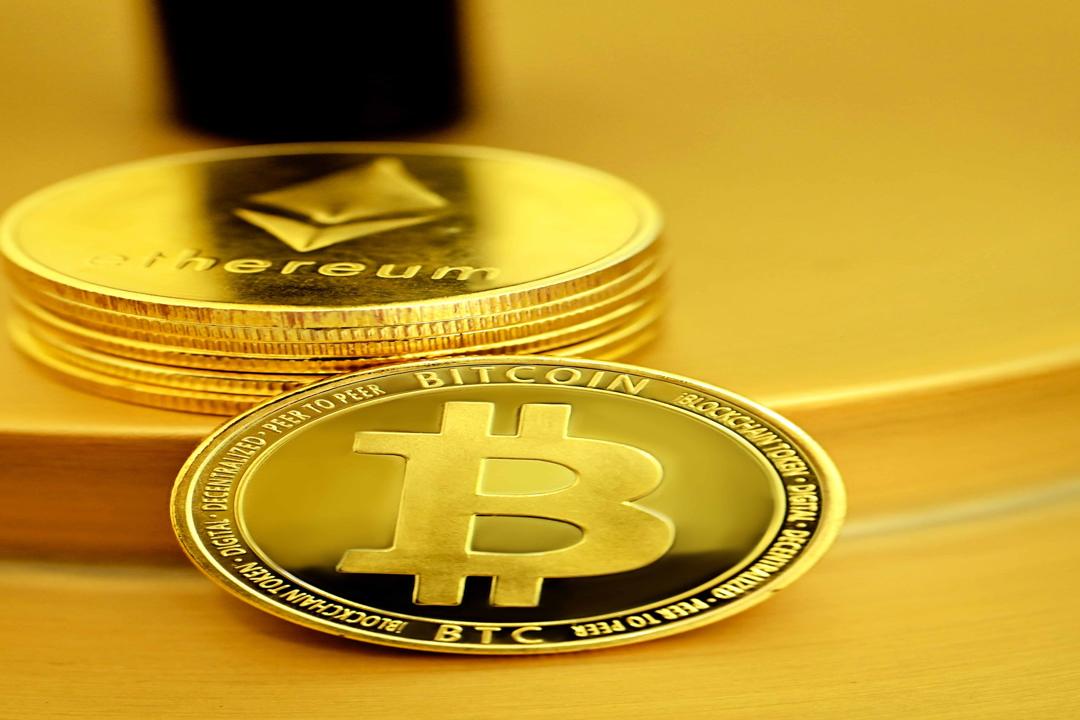Bitcoin (BTC) saw a significant 23% increase in value in the five days leading up to February 28. However, BTC options traders are hesitant to adopt a bullish stance. This caution can be attributed to the fact that it has been over five weeks since Bitcoin experienced a 5% weekly loss, leading traders to seek downside protection.
Traders are concerned about the potential decrease in inflows into spot Bitcoin exchange-traded funds (ETFs) and the possibility of a recession in the United States. There are worries among investors that a decline in inflows could trigger a price correction. This suggests that these traders either lack confidence in the current bull run or do not see the need for leverage amidst macroeconomic uncertainty.
On February 28 alone, U.S. Bitcoin ETFs witnessed a net inflow of $673 million, accumulating a total of $7.4 billion in net deposits since their launch on January 11. This information was reported by James Seyffart, Bloomberg’s senior ETF analyst, who highlighted that only 150 ETFs have ever exceeded the $10 billion mark in assets under management. Notably, BlackRock’s iShares Bitcoin ETF already holds over $9 billion in assets, according to Nate Geraci, co-founder of the ETF Institute.
This data can be interpreted in two ways. Some argue that these inflows may not be sustainable in the long run, either due to decreasing demand as Bitcoin’s price rises or because there is a limit to the risk appetite for cryptocurrency exposure. On the other hand, certain traders believe in a “snowball effect,” where the increasing Bitcoin price further inspires ETF sales, as suggested by JP Morgan analysts.
Trader beaniemaxi shared their opinion on a social network, suggesting that both BlackRock and other spot ETF issuers have incentives to deploy their sales teams because the Bitcoin narrative is still resonating. This implies that there is still a significant distance to go before the inflows begin to diminish. The post also highlights the Bitcoin halving trigger, indicating that ETF issuers have a compelling argument for selling.
However, all these hypotheses could be invalidated if the economy experiences a severe recession or if investors are forced to liquidate profitable positions to meet increased financing costs elsewhere. Economist David Rosenberg predicts an 85% likelihood of a U.S. economic recession in 2024 and emphasizes that the stock market would suffer greatly in the event of an economic contraction.
To assess professional traders’ discomfort with Bitcoin, despite its impressive 45% gains in February, one must analyze the BTC options markets. The 25% delta skew, which indicates when arbitrage desks and market makers are charging excessive fees for upside or downside protection, serves as an informative indicator.
The Bitcoin options 25% delta skew has remained neutral since February 20, fluctuating between -7% and +7%. This suggests balanced pricing between call (buy) and put (sell) options. Interestingly, traders became less optimistic just six days after Bitcoin failed to surpass the $52,500 mark, highlighting the anxiety among cryptocurrency investors during accumulation phases.
It is crucial to cross-check data from BTC futures markets to gauge the positioning of top traders, regardless of whether market makers are offering downside protection at a discount compared to upside exposure. This indicator combines positions across spot, perpetual, and quarterly futures contracts, providing a comprehensive view of how bullish or bearish these traders are.
The data indicates that top traders at Binance and OKX remained relatively neutral until February 26, after which they gradually increased net long positions as Bitcoin’s price surpassed $53,000. This evidence partially contradicts the Bitcoin skew data but could be attributed to the forced liquidation of short positions, indicating the abrupt end of bearish bets.
Furthermore, traders at OKX have not even reached their highest monthly level in long-to-short ratios, making it difficult to argue that professional traders are currently bullish. Consequently, if the influx of spot ETFs continues, there is a likelihood that skeptical traders will need to catch up.
This article is for general information purposes only and should not be considered legal or investment advice. The views, thoughts, and opinions expressed here are solely those of the author and do not necessarily reflect or represent the views and opinions of Cointelegraph.

